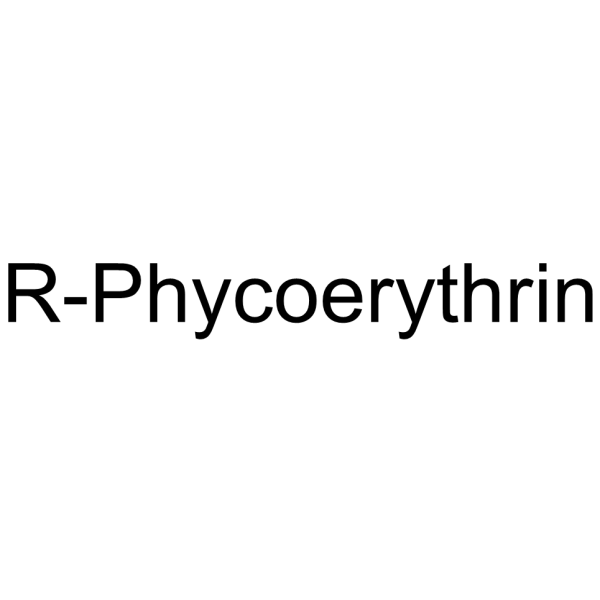Spatio-temporal niche partitioning of closely related picocyanobacteria clades and phycocyanin pigment types in Lake Constance (Germany).
Sven Becker, Patricia Sánchez-Baracaldo, Arvind K Singh, Paul K Hayes
文献索引:FEMS Microbiol. Ecol. 80(2) , 488-500, (2012)
全文:HTML全文
摘要
We found that the clade-specific abundance dynamics of Synechococcus type picocyanobacteria in the pelagic and littoral zone macro-habitats of Lake Constance (Germany) challenge the hypothesis of a regular annual succession of picocyanobacteria genotypes in temperate zone lakes. Methods used in this study were quantitative Taq nuclease assays (TNA), denaturing gradient gel electrophoresis (DGGE), a 19-month time series analysis (with two isothermal and two stratified periods) and genotyping of a new littoral phycocyanin (PC)-rich Synechococcus strain collection. The recorded differences between the two macro-habitats and between seasons or years, and the observed effect of water column mixis in winter on the inversion of clade-specific dominance ratios in Lake Constance might explain the known inter-annual differences in abundance and dynamics of the autotrophic picoplankton (APP) in lakes. The APP in Lake Constance shows a high genetic diversity with a low overall abundance, similar to the APP in the Baltic Sea, but different from Lake Biwa in Japan or lakes in the UK. Our results indicate that APP bloom events in both macro-habitats of Lake Constance are driven by phycoerythrin-rich Synechococcus genotypes of the Subalpine Cluster I. DGGE revealed the presence of a diverse periphyton (biofilm) community of the PC-rich Synechococcus pigment type in the littoral zone in early spring, when no such community was detectable in the pelagic habitat. A more sensitive and quantitative approach with TNA, however, revealed an intermittent presence of one PC-rich genotype in the plankton. We discuss the seasonal development of the pelagic and littoral PC-rich community, and while we cannot rule out a strain isolation bias, we found that isolated PC-rich strains from the pelagic habitat have different genotypes when compared to new littoral strains. We also observed littoral substrates colonized by specific PC-rich Synechococcus genotypes.© 2012 Federation of European Microbiological Societies. Published by Blackwell Publishing Ltd. All rights reserved.
相关化合物
| 结构式 | 名称/CAS号 | 分子式 | 全部文献 |
|---|---|---|---|
 |
R-藻红蛋白
CAS:11016-17-4 |
|
Direct differentiation of A-ring single attachment versus A-...
2013-02-01 [J. Mass Spectrom. 48(2) , 187-92, (2013)] |
|
Salinity impacts photosynthetic pigmentation and cellular mo...
2013-03-29 [Biochem. Biophys. Res. Commun. 433(1) , 84-9, (2013)] |
|
A minimal phycobilisome: fusion and chromophorylation of the...
2012-07-01 [Biochim. Biophys. Acta 1817(7) , 1030-6, (2012)] |
|
Immunomodulatory properties of the protein fraction from Pho...
2012-08-22 [J. Agric. Food Chem. 60(33) , 8146-54, (2012)] |
|
Phycoerythrin evolution and diversification of spectral phen...
2012-09-01 [Mol. Phylogenet. Evol. 64(3) , 381-92, (2012)] |